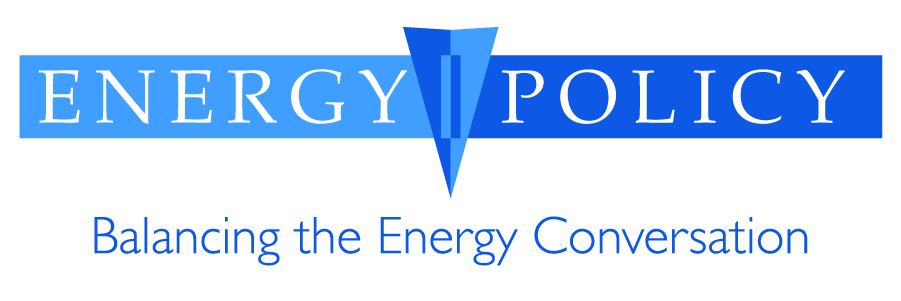By Douglas C. Sandridge, EnergyPolicyUs.org
February 25, 2015
Part 3 of 5 – WIND’s “ACHILLES HEEL” & THE COST OF RELIABILITY
The allure of “clean, abundant, renewable and domestically produced” wind is intoxicating! Last week, Part 2 of this series examined the importance of reliability in the supply of electricity. American consumers and Public Utility Commissions expect and demand safety and reliability of the electricity supply above all other considerations. Regrettably, wind-generated electricity has one flaw that towers above all others, wind is unreliable! Although wind is an outstanding energy resource, it cannot be relied-up to provide electricity around the clock. Public utility commissioners and utility executives are committed to reliable delivery of electricity 24-7-365 and would be horrified to read news headlines about someone who froze to death in their home because there was no reliable electricity to operate their home heater. Few residential consumers are willing to operate their lights, appliances, heating and air conditioning only, if and when, the wind is blowing or the solar cells are functioning. For competitive reasons, businesses and industrial consumers also demand a high degree of reliability in their electricity supply. If utilities cannot assure reliable and cost competitive electricity for commerce and industry, commercial ventures and manufacturing jobs will gravitate to other parts of the United States or other parts of the world which can provide affordable and reliable energy. Accordingly, the paramount challenge is to develop methods of utilizing wind and other renewables without sacrificing the reliability of electricity supply.

Energy professionals generally acknowledge that utility scale wind farms typically produce electricity about 25-40 percent of the time. Some data imply that such robust operating efficiencies may actually be overstated. Although capacity factors periodically appear higher, a recent study in the United Kingdom revealed that on average, all of the wind farms on the UK grid in 2010 produced electricity only 22 percent of the time.
According to current U.S. Energy Information Administration statistics, the average capacity factor for U.S. utility scale wind farms during the 12-month period ending November 2014 was 33.9 percent. Thus, if U.S. wind farms produce electricity approximately 33 percent of the time, what could we do to insure the reliability of electricity for the remaining 67 percent of the time? Some nescient observers might suggest that for every wind farm constructed, we should construct two additional wind farms, naively calculating that if one wind farm can provide electricity 33 percent of the time, three wind farms could produce electricity 99 percent of the time.
There are several significant flaws in this analysis. Apart from the obvious fact that three redundant wind farms would cost three times as much, the afore-stated strategy also erroneously assumes that when the wind from one wind farm ceases, the wind would opportunely commence at another locale to power another wind farm. Unfortunately, mother wind is not that accommodating. Basic statistical modeling indicates that it would require approximately 6 redundant wind farms (depending on location) positioned in geographically diverse areas to provide the rated capability of a single wind farm with 90% percent reliability.
It is possible to integrate wind generated electricity into the electricity grid for intermittent use in a manner which is operationally efficient, financially sound and compatible with current utility rate structures. However, constructing and financing redundant wind farms (at a factor of 6X) in order to insure at least 90% percent reliability would be financially foolhardy. Furthermore, even if there were sufficient suitable sites in the United States to construct all of these redundant wind farms (and enough capital to build all of them), there is currently not sufficient transmission infrastructure to transport all of the electricity from the desolate windy places where the electricity could be generated to the distant urban consumers. Accordingly, it is entirely impractical and cost prohibitive to attempt to rely on wind to supply the entire demand for electricity in the United States.
Currently, wind accounts for approximately <5% of U. S. electricity generation. Some experts conservatively estimate that under ideal conditions, the United States could ultimately produce 20-25 percent of its total electricity from wind. Others optimistically estimate that the United States could ultimately generate more than 50 percent of its electricity from wind. Based on current projections about technology and wind resources, it’s not unreasonable to speculate that someday wind could ultimately produce enough electricity to meet 30-40 percent of the total U.S. demand for electricity. Using wind for intermittent production of electricity is an appropriate strategy and public policy. Nevertheless, we are forced to conclude that any long-term plan to increase the use of wind energy to produce electricity must have a complimentary contingency to provide reliable back-up sources for electricity generation. Part 4 of this series Coal-Cycling Dilemma & The Supporting Role of Natural Gas will appear March 4th on EnergyPolicyUs.org.


